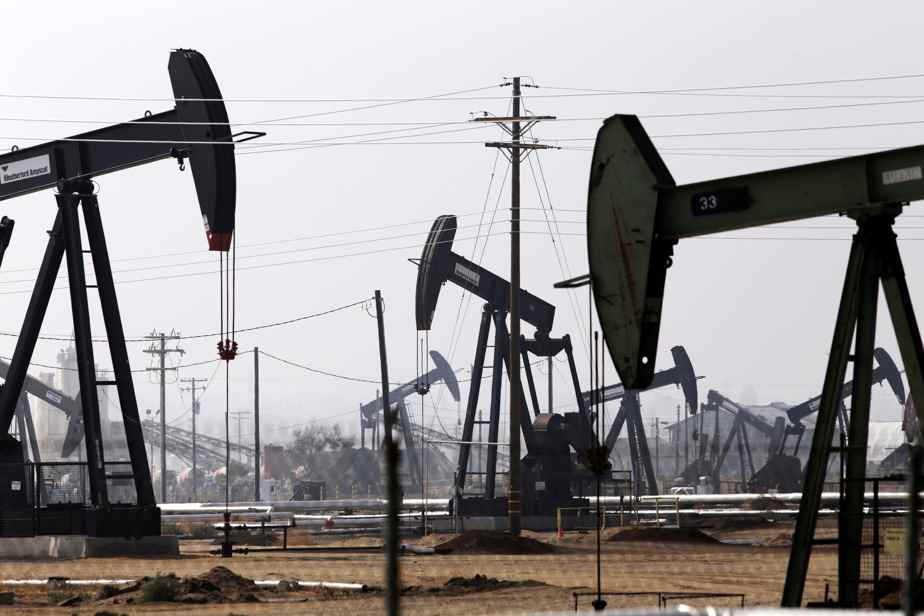(New York) Commercial crude oil reserves fell more than expected last week, according to figures released Wednesday by the U.S. Energy Information Agency (EIA), while gasoline demand sagged. also, dropped in the United States.
Posted at 11:41 a.m.
During the week ended August 19, commercial inventories fell by 3.3 million barrels, while analysts expected a decline of 2.5 million.
Strategic oil reserves have lost 8.1 million barrels, a record, according to Matt Smith of Kpler. All in all, American stocks, commercial and strategic, are at their lowest level for almost 20 years (June 2003).
Since the end of the summer of 2021, the government of President Joe Biden has released more than 168 million barrels from strategic reserves, in an attempt to relieve the price of black gold, a movement of unprecedented magnitude.
This contraction in inventories is, in part, attributable to the high level of crude oil exports. “Accelerating European demand is helping to drive up US exports and lower inventories,” commented Matt Smith.
On the other hand, while analysts forecast a 1.5 million barrel drop in gasoline reserves over the week, these remained almost unchanged (-100,000 barrels).
The operators have also retained the plummeting of nearly 10% of the demand for gasoline.
“This is the big downside” of this EIA report, commented Phil Flynn, broker Price Futures Group. “This heightens concerns about an economic slowdown,” according to the analyst, who nevertheless recalled that weekly gasoline demand figures had been very volatile throughout the summer.
After a sharp decline following the publication of the report, oil prices nevertheless recovered on Wednesday.
Around 3:30 p.m. GMT, the price of a barrel of Brent from the North Sea for October delivery took 0.38% to 100.61 dollars, while that of the American West Texas Intermediate (WTI), also with maturity in October, gained 0.72% to $94.42.
In addition to the sharper than expected decline in inventories, the further decline in US crude production, after that of the previous week, was also a factor supporting prices.
At 12 million barrels per day, down from 12.1 last week and 12.0 two weeks ago, production remains significantly below its pre-COVID-19 pandemic level of around 13 million barrels per day.
